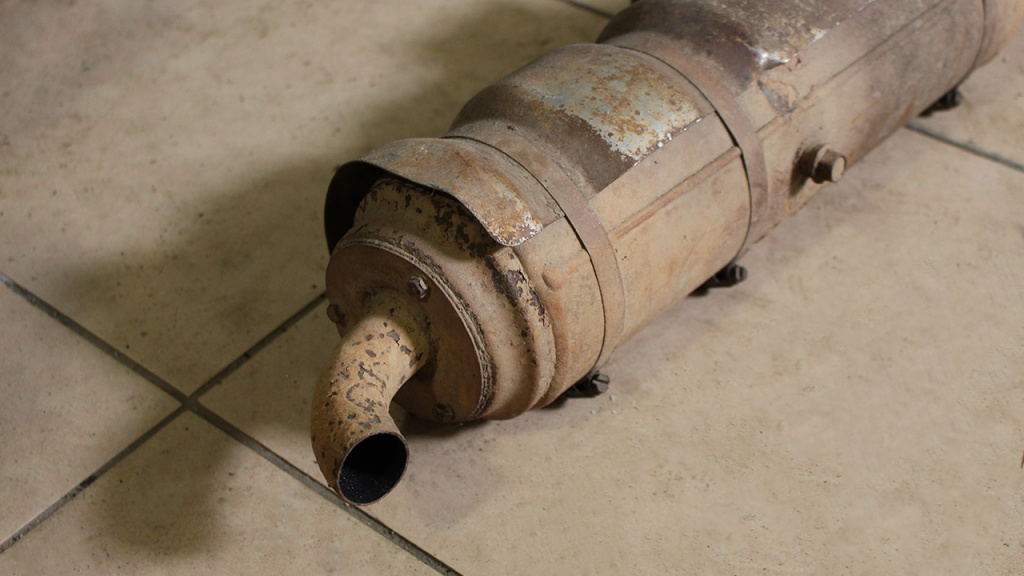How To Quieten your ATV Exhaust
Some ATV owners love their ride to be making as much raucous noise as it can, but just as many find the excessive noise to be a nuisance. If you’re sharing trails with hikers and cyclists, it can feel rude to blast past them, disturbing their peaceful day. Loud ATVs can spook dogs, horses, and livestock, and if you live near a residential area, you can be quickly considered a pest if your ATV is too loud.
With four-stroke quads taking over from two-strokes in most cases, motorized recreational riding has become louder. Riders with aftermarket exhausts that increase noise are often perceived as pests to other ATV owners and can turn the public and landowners against recreational riders.
The same is true for racing circuits and tracks. These tracks must strictly keep noise to a minimum or risk losing their right to operate. Another application where ATV sound can be detrimental is in hunting. An excessively loud ATV can scare away wild game, whereas it is used to “normal” engine noise and is less likely to bolt early.
There are more than a few options for quieting your exhaust, which we’ll enumerate below.

1 – Fix any exhaust leaks
If your old exhaust is unusually loud, there may be a crack or leak in it. Not only does this make your bike louder, but it can also negatively affect performance. If you hear shrill noises when acceleration or experience backfires when decelerating, there’s a good chance you have an exhaust leak.
Starting from the front of the exhaust, check all the welds and joints. The first few inches are usually the culprit, as this is where the temperatures fluctuate the most. Weld the leak or replace the broken parts.
2 – Is the muffler damaged?
Your ATV’s muffler is a part that received wear-and-tear over time. It’ll become rusted, burned out, or loose. Often, you’ll hear a rattling sound.
When your muffler is worn out, you can replace it with an OEM muffler. Alternatively, you can use an aftermarket muffler silencer that fits onto your stock system or install an aftermarket performance exhaust.

3 – Aftermarket muffler silencer
The simplest way to lower the sound of an ATV exhaust is with an aftermarket muffler silencer. This additional muffler mounts inside your OEM system and acts as a secondary exhaust. It takes mere minutes to install or uninstall an aftermarket muffler silencer. Just remember to choose a silencer known to work well with your make and model of ATV. Custom silencers designed for particular models are likely to offer the best results, but universal models are also available.
With a good aftermarket muffler silencer, you can expect to reduce sound by around 6dB at idle and 12dB at max revs. This is a significant noise reduction.
4 – Repack your silencer
Many silencers use fiberglass as a sound deadening material. This material loses its dampening effect over time. You can repack your silencer with silencer repacking material. It’s recommended to use the OEM packing material from your manufacturer and to follow the instructions from the service manual.
We don’t recommend the use of steel wool, as it has the potential to ignite as well as cause rust.

5 – Spark arrestor
While an aftermarket muffler silencer will get you the best bang for your buck when you’re looking to reduce noise, you can supplement one with a spark arrestor. Spark arrestors are primarily used to reduce the chance of a spark causing a forest fire, but they also have the side effect of reducing noise slightly.
You can expect a reduction of between 1 and 3 dB, which doesn’t sound like a lot, but it’s enough to notice a difference. Spark arrestors are often supplied alongside performance exhaust systems, and you can choose to install them or not.
6 – Quiet core inserts
Like spark arrestors, performance aftermarket exhaust systems often come with quiet core inserts. Also known as dB-killers, these inserts can reduce the sound of a performance exhaust at a small cost of performance. Usually, the combination of all these systems will direct the sound to the ground, which acts as an acoustic dampener.







































